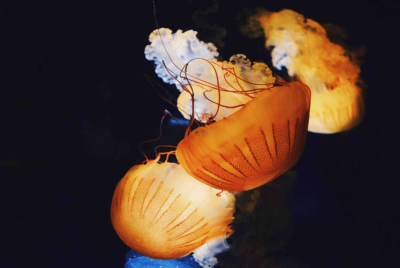Nereus Program’s Joey Bernhardt (McGill University) is lead author on a new study published in Philosophical Transactions B, “The evolution of competitive ability for essential resources“. The authors aimed to address the question “to what extent are species’ competitive traits able to evolve in response to resource limitation?”, using single-celled green alga (Chlamydomonas reinhardtii). They exposed the algae to differing ratios of resources (e.g., nitrogen, phosphorus, and light) and salt stress, and measured differences in the evolution of competitive abilities and traits. Overall, algae populations’ competitive abilities appeared to increase in response to certain resources (phosphorus), with mixed responses in others (nitrogen and light). Importantly, the study challenged the common assumption that there exist trade-offs between species’ competitive abilities for different resources by showing species can increase their ability to compete for resources without additional costs. You can read the entire abstract below, as well as access the publication for the full details of the study.
Abstract
Competition for limiting resources is among the most fundamental ecological interactions and has long been considered a key driver of species coexistence and biodiversity. Species’ minimum resource requirements, their R*s, are key traits that link individual physiological demands to the outcome of competition. However, a major question remains unanswered—to what extent are species’ competitive traits able to evolve in response to resource limitation? To address this knowledge gap, we performed an evolution experiment in which we exposed Chlamydomonas reinhardtii for approximately 285 generations to seven environments in chemostats that differed in resource supply ratios (including nitrogen, phosphorus and light limitation) and salt stress. We then grew the ancestors and descendants in a common garden and quantified their competitive abilities for essential resources. We investigated constraints on trait evolution by testing whether changes in resource requirements for different resources were correlated. Competitive abilities for phosphorus improved in all populations, while competitive abilities for nitrogen and light increased in some populations and decreased in others. In contrast to the common assumption that there are trade-offs between competitive abilities for different resources, we found that improvements in competitive ability for a resource came at no detectable cost. Instead, improvements in competitive ability for multiple resources were either positively correlated or not significantly correlated. Using resource competition theory, we then demonstrated that rapid adaptation in competitive traits altered the predicted outcomes of competition. These results highlight the need to incorporate contemporary evolutionary change into predictions of competitive community dynamics over environmental gradients.
Reference
Bernhardt, J.R., Kratina, P., Pereira, A.L., Tamminen, M., Thomas, M.K., & Narwani, A. (2020). The evolution of competitive ability for essential resources. Phil. Trans. R. Soc. B 375: 20190247. link.







